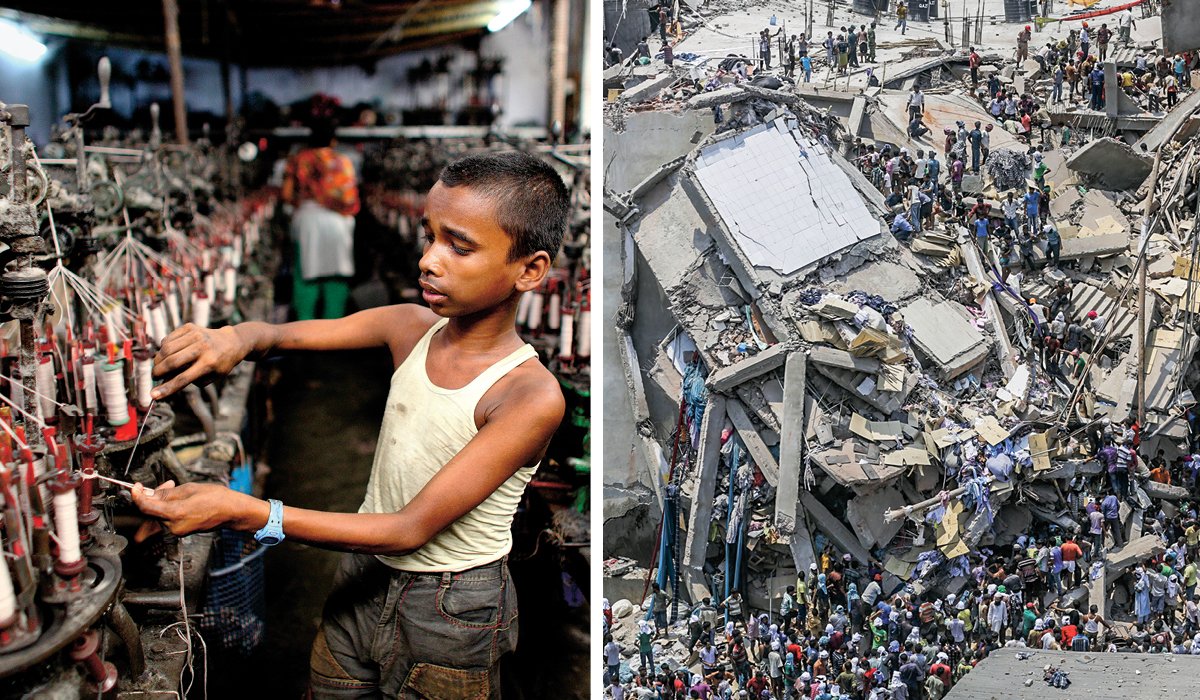
Years ago when the writer had her MBA study abroad, munching and crunching over 500 business cases, there was one particular case really amazed her: ZARA. It is now consistently one of top three biggest group in fashion industry, making its founder 3rd or 4th FORBES’ richest man on earth. For decades it’s been a very successful business that employs technology (far more advanced than its competitors) and vertically integrated (basically from thread to wear, including real estates). ZARA managed to turnaround designer table to shop window within weeks, and not many competitors could do that.
Thanks to global economic crisis 2008, consumers were becoming more value conscious. Many retailers such as ZARA fit the bill, for they offer ‘fashion’ for reasonable price. They expanded globally, very rapidly. They churn out clothes like selling krupuks. So many clothes, so cheap, and every week there are different designs. At the shops one might just decide to take several colors of the same design for fear that they won’t be there next time. It’s sound ridiculous, but some readers may know someone who did just that.
The writer noticed a glaring red flag few years ago, when travelling to a rather wealthy European country. The price of shirt in one of those fast fashion shops was LESS than the price of a sandwich. So conflicted, she stepped out, but then returned because she desperately needed few pairs of winter socks. Closed her eyes and felt strange and bit uncomfortable. Then the research for Fast Fashion begun…
Environmental cost
Garments are manufactured using toxic chemicals and transported around the globe, making fashion industry the world’s SECOND largest polluter, after oil industry. Not to forget to mention the immense amount of water needed to ‘fuel’ the industries. Cotton is one of the most water-intensive cultivar. Climate change (prolonged hot season) doesn’t help the farmers either.
When people, mostly in developed country, can now afford to buy their clothes in weekly basis, they can afford to throw away that much. Millions of tons of discarded clothing piles up in landfills each year. Those synthetic materials may take generations and hundreds of years to breakdown.
Human & social cost
Tens of millions of people in developing countries, Indonesia included, work long hours in dangerous conditions and paid barely enough to survive. Some called this practice as a modern slavery. Probably the most heartbreaking of them all is child labor, those little undernourished children working in bad ventilated sweatshops, exposed to dangerous fumes, with barely any safety precautions in place. In the event of fire, the casualties are enormous.
Yes, those cheap clothes are made of cotton, polyester, SWEAT, and maybe tears and BLOOD, not to mentioned cancer and asthmas (diseases commonly suffered by garment factory workers). So, not buying new clothes very often this year (that what retailers claimed) may not necessarily a bad thing. But next time let it be because it is a conscious decision: not to pollute the earth, not to foster slavery, and not to give a f**k about what people think about what we wear 😉
Credits:
Elizabeth Cline, author of Overdressed: The shockingly high cost of cheap fashion.







































